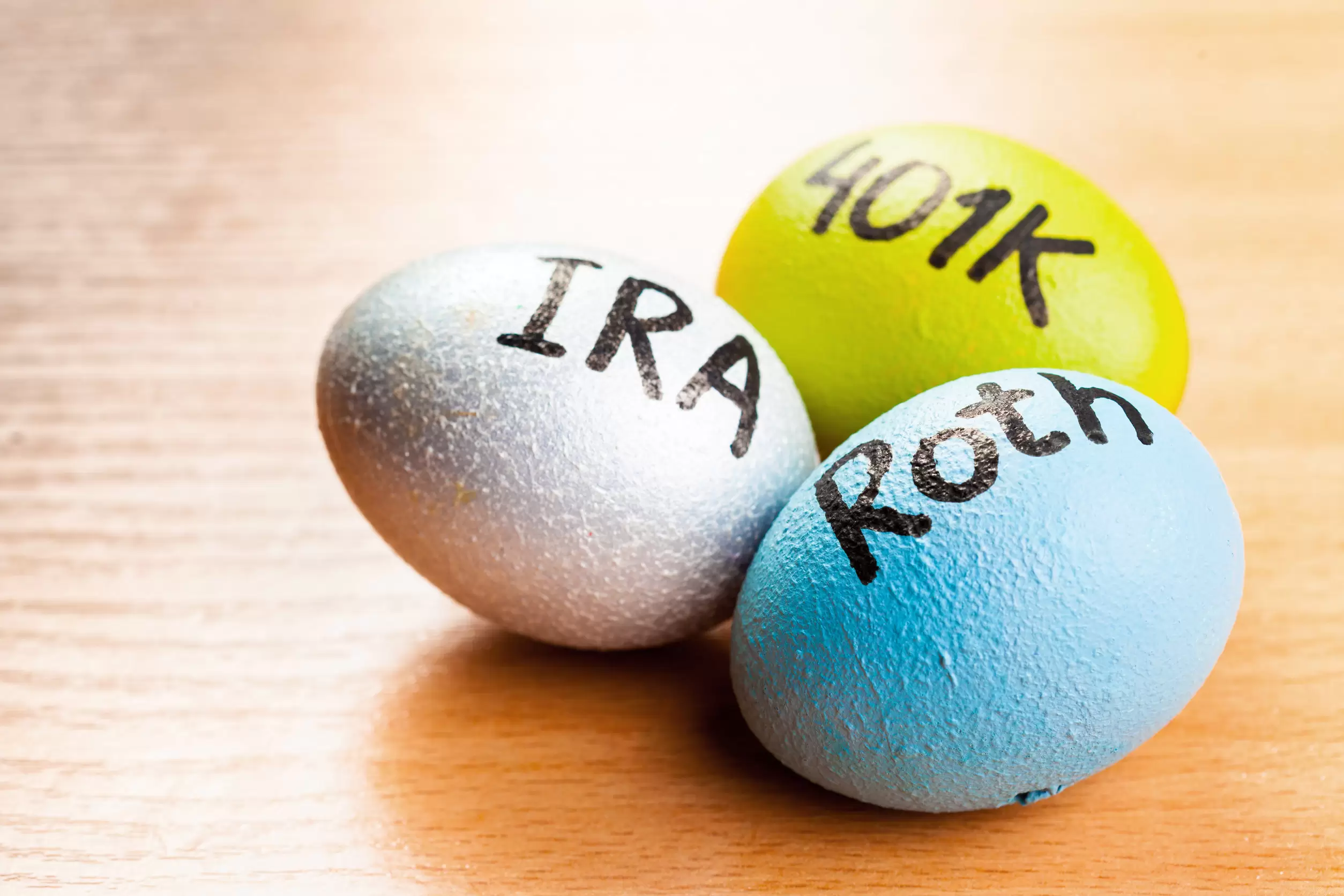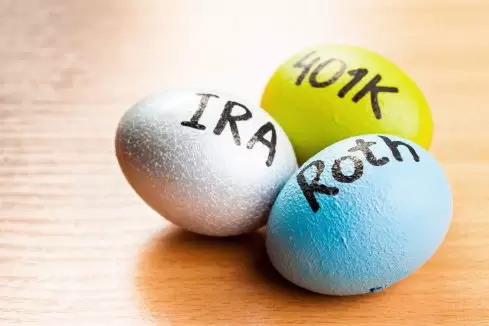
Unlike a 401(k), you or your financial advisor is responsible for closely minding your IRA. A 401(k) is offered by an employer and you will have help from many sources to help manage it. You have to open an IRA at a bank or similar financial institution. And one way you can make the process of managing an IRA easier is by using Quickbooks. So, how do you record IRA contributions in Quickbooks?
How to Record IRA Contributions in Quickbooks
Learning how to record IRA contributions in Quickbooks is a rather straightforward process.
You can refer to the process here and even here for a more in-depth description of the process.
To record IRA contributions in Quickbooks is a basic seven-step process depending on personal circumstances.
Firstly, click on the “gear” shaped icon that is located at the top of “Payroll Settings”
Then click on “Deductions/Contributions” which is under Payroll.
Next, just click on “Add a New Deduction/Contribution.”
You will be prompted then to choose a “Category.” Just click on “Retirement Plans” next.
You will then be prompted to select a “Type,” Click on “Applicable Retirement Plan.”
Then, just input the name of the retirement plan or provider.
And then click “OK.”
And then that is it.
If you are just inputting some basic data, it is not too hard to record IRA contributions in Quickbooks.
But here are some caveats.
Limitations
Keep in mind that after setting up a deduction for your IRA, the Retirement plan you choose will automatically create a company contribution item that you can utilize when necessary.
And you won’t be able to use After-Tax IRA plans like the Roth 401(k) or the 403(b) in this manner on Quickbooks. (After-tax IRA contributions are monies that have already had taxes deducted. So, there are no immediate tax benefits with such plans. However, as long as you make qualified withdrawals after age 59 ½, all withdrawals are tax-free.)
The Roth 401(k) and the 403(b) retirement plan contributions must be reported and paid in a separate manner, and not through the provider.
And they should not be reported or paid via the exact same account as per the employee’s after-tax deductible funds.
Sound complicated? If you are new to learning how to record IRA contributions in Quickbooks, it might be a little overwhelming.
So, let’s talk about IRAs, IRA contributions, and a few of the more popular IRA plans.
What is an IRA?
An IRA is an Individual Retirement Account. It is basically a kind of savings account with strategic or deferred tax advantages. You can use them to save money for retirement or even make investments that will pay off in the long term.
There are several different kinds of IRA financial products, a few of which I will discuss. Some IRAs are tax-deductible, meaning that if you invest in them, then your overall tax obligations for the year decrease accordingly.
And other IRAs are tax-deferred. That means that while there won’t be any immediate tax benefit, qualified withdrawals are tax-free. (More on this later.
An IRA is very similar to a 401(k)-retirement account. However, you contribute to a 401(k) via salary deductions. A 401(k) is employer-sponsored. It is only offered by an employer that offers it. And in some cases, the employer will even match any contributions you make via your salary.
You must open an IRA retirement account through a personal broker, an online brokerage, bank, investment company, financial institution, Robo-advisor, or facilitating agent.
If you want to learn how to record IRA contributions in Quickbooks, you need to know these things.
Limitations
There are limits to how much money you can contribute to an IRA on an annual basis. In 2021, you can’t contribute more than $6,000 to an IRA on an annual basis.
If you are over the age of 50, then you can contribute up to $7,000 annually. It is called a “catch-up contribution” advantage for people nearing retirement age.
And you can use an IRA to invest in real estate, bonds, stocks, assets, or other kinds of investments. If you make smart prudent investments, your investments can grow and compound in value over multiple decades.
While not always the norm, your IRA could be worth hundreds of thousands or millions after 20 or 30 years (more on that later).
IRA retirement and investment funds should not be touched until you are about to retire. You can access your money early, but there will penalties and you will pay taxes for each unauthorized withdrawal.
In most circumstances, you can’t access the money in an IRA until you are age 59 ½. The average American retires by 63. If you withdraw any money before the age of 59 ½ then you will be hit with a 10% tax penalty on the amount you withdraw.
If you are going to learn how to record IRA contributions in Quickbooks, here are a few IRA financial products you should know about.
Traditional IRA
A Traditional IRA is the lets you contribute pre-tax dollars into a retirement account or investment. And those contributions will compound and grow in value over time. Taxes are paid on qualified withdrawals.
Depending on your tax bracket, income status, and other financial factors, your Traditional IRA contributions may be tax-deductible. Investment dividends and capital gains are not taxed in a Traditional IRA.
You can start withdrawing from a Traditional IRA at age 59 ½. Qualified withdrawals are taxed according to your income tax rate.
Roth IRA
Roth IRAs were first created in 1997 and are named after former Delaware Senator William Roth.
Roth IRA contributions are taxed, and they are not tax-deductible. And then all qualified withdrawals after retirement are tax-free. Most people choose Roth IRAs because they think their taxes could be higher post-retirement.
As of 2021, you cannot contribute to a Roth IRA if you make more than $140,000 annually.
Self-Directed Roth IRA
This is a retirement account with some similarities to a Roth IRA. A self-directed Roth IRA allows you to make investments not possible in similar IRAs.
Self-directed Roth IRAs allow you to make alternative investments. And you are in charge of the IRA. Only specialized brokers offer self-directed IRAs. You must know what you are doing when you open one.
Tech mogul Peter Thiel, worth an estimated $4 billion, opened a self-directed Roth IRA in 1999 worth only $2,000.
Thiel was one of the cofounders of PayPal in 1998 and the first outside investor of Facebook. As of 2021, Thiel’s self-directed IRA opened in 1999 was worth over $5 billion.
Thiel didn’t break any laws or cheat the system. He made wise investments since 1999, before he was a billionaire, and is now reaping the benefits.
Get Help From a Financial Advisor
Learning how to record IRA contributions in Quickbooks is a straightforward process.
However, choosing an IRA that suits your financial lifestyle should not be a decision made lightly.
Consult a financial advisor before you open an IRA.
Read More
Using a Retirement Fund Loan to Buy a House
How Much Interest Will I Earn on $1 Million?
How to Invest in Music Royalties
How Can I Become a Millionaire With No Money?
How Many Hours Do Millionaires Work?
Safeguarding Your Future: A Comprehensive Review Of Augusta Precious Metals
Allen Francis was an academic advisor, librarian, and college adjunct for many years with no money, no financial literacy, and no responsibility when he had money. To him, the phrase “personal finance,” contains the power that anyone has to grow their own wealth. Allen is an advocate of best personal financial practices including focusing on your needs instead of your wants, asking for help when you need it, saving and investing in your own small business.

